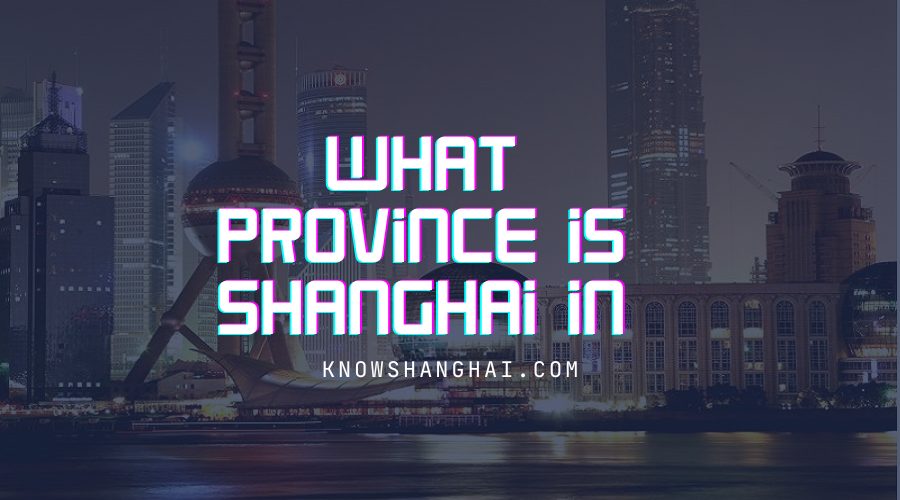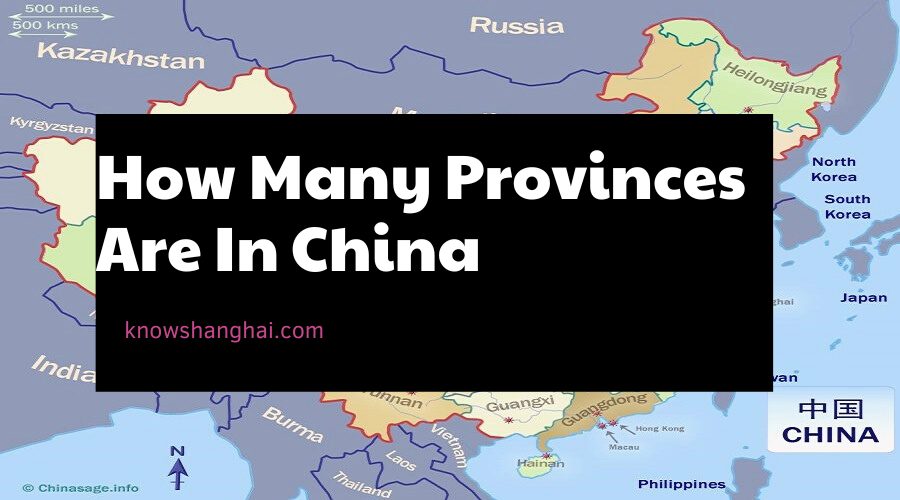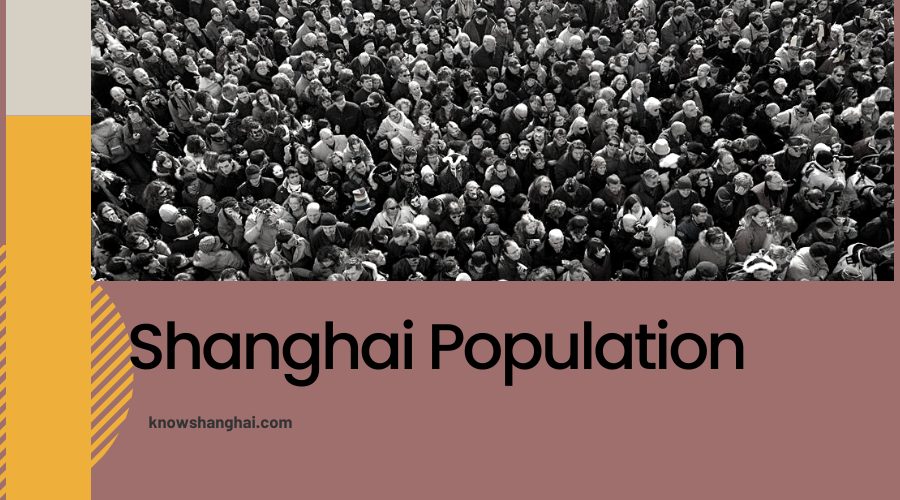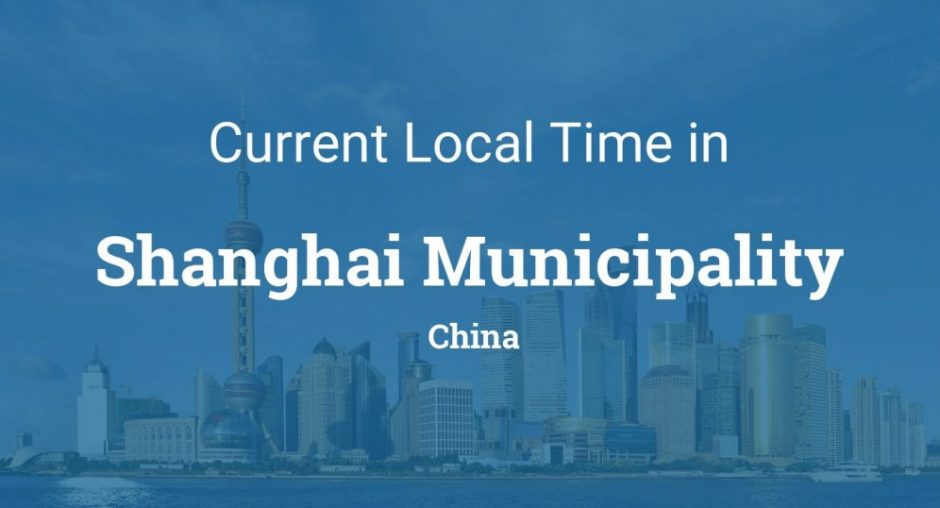What Province is Shanghai In – Get to Know
Shanghai, China is one of the most populous provinces in the country with over 23 million people. It is located in the southeast region of the country and borders Jiangsu to the north, Zhejiang to the west, and Anhui to the south. The province has a coastline on the East China Sea as well as… Continue reading What Province is Shanghai In – Get to Know










